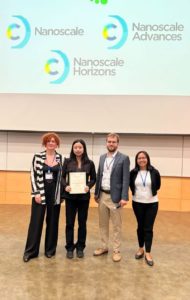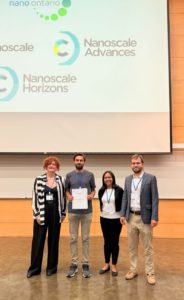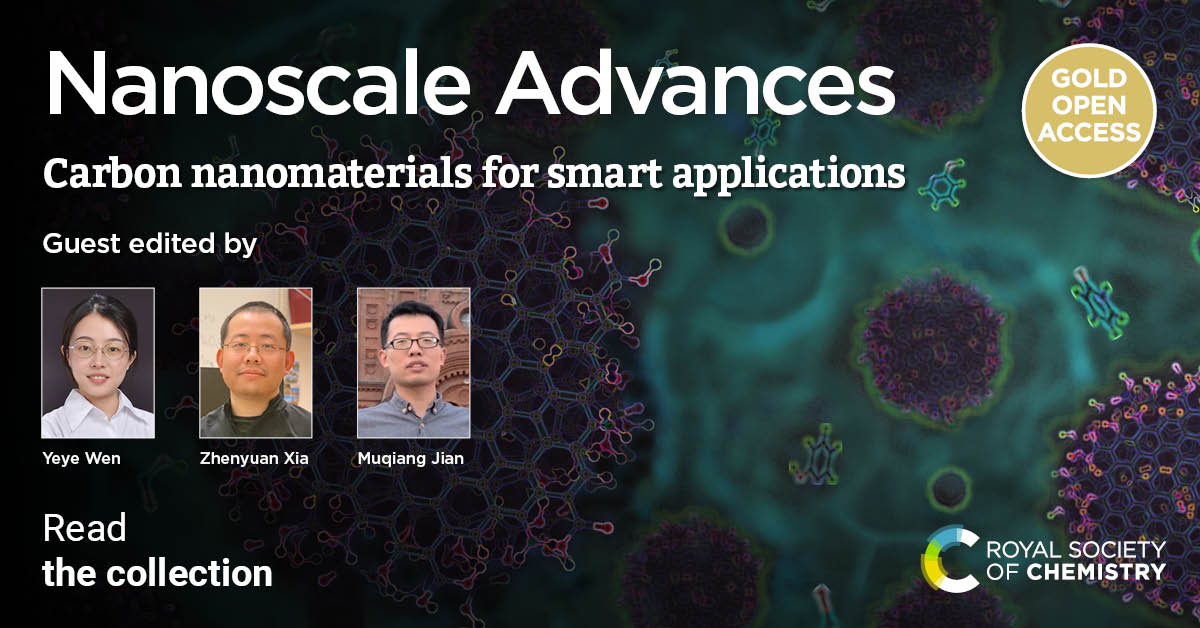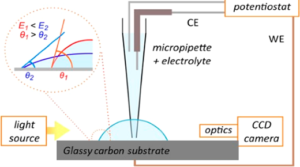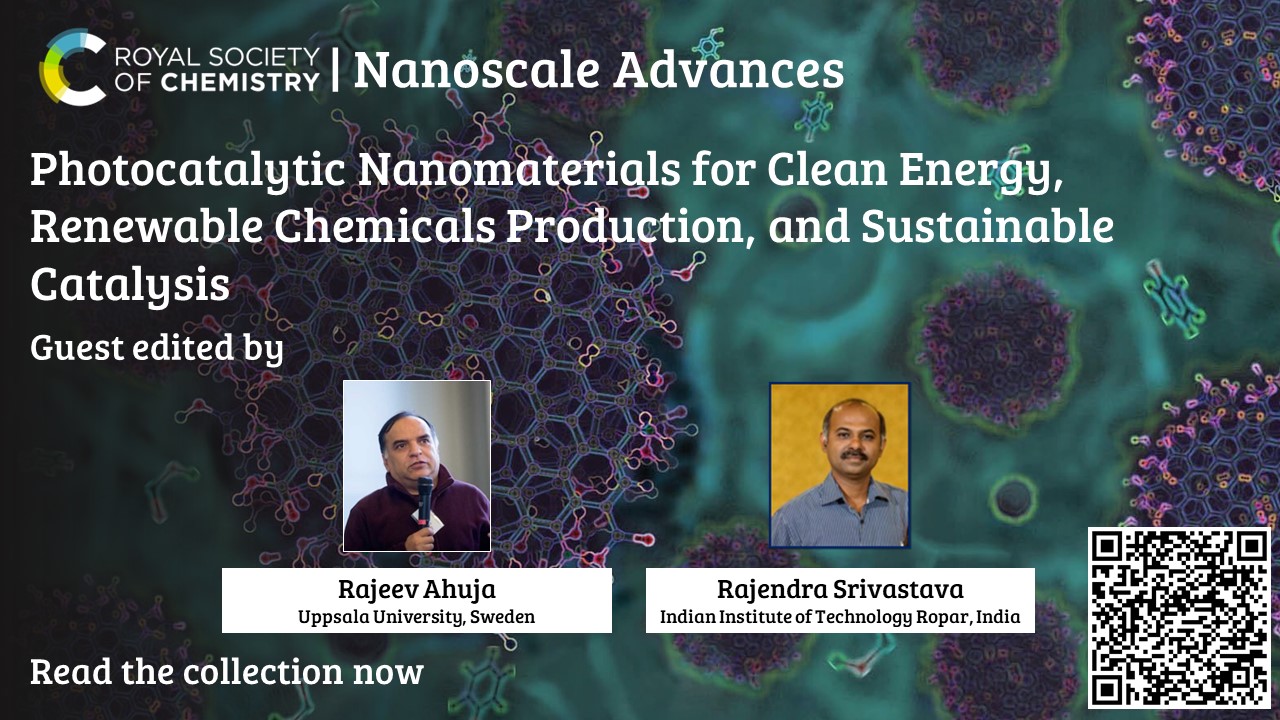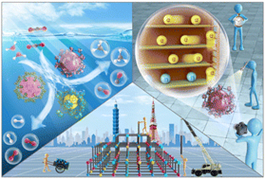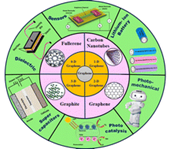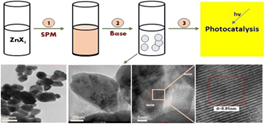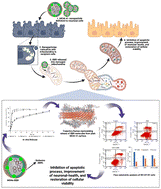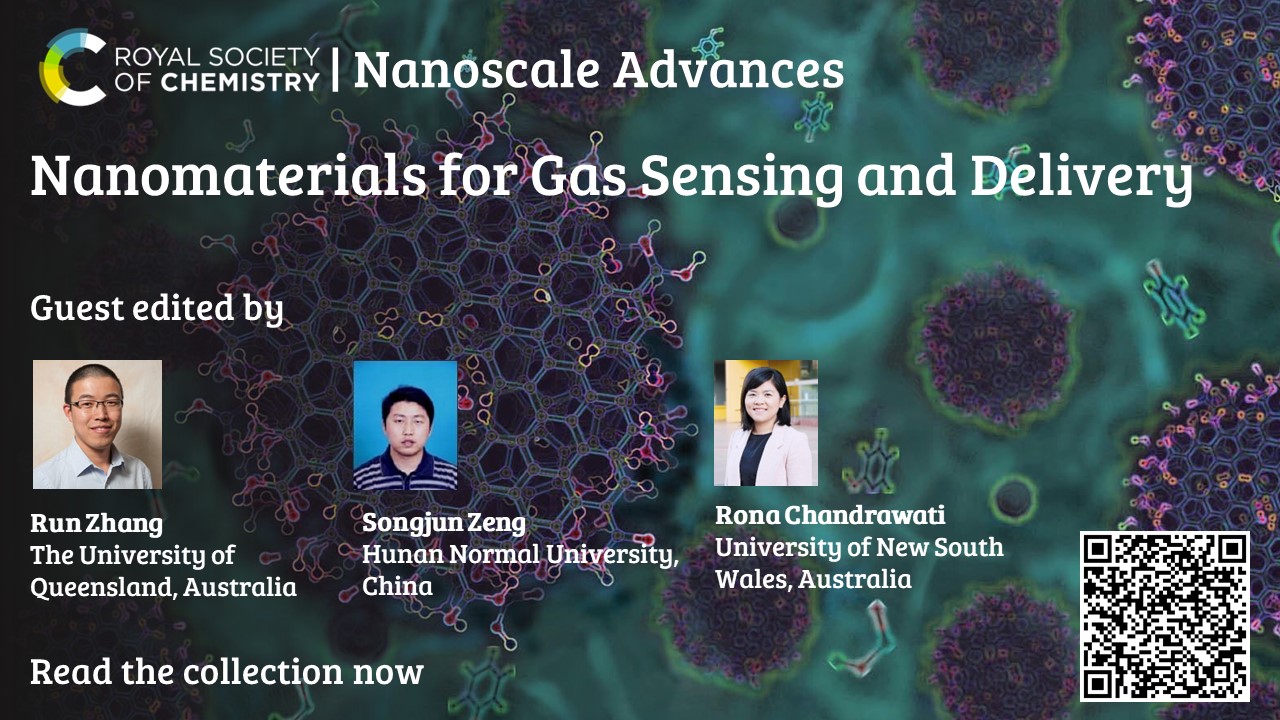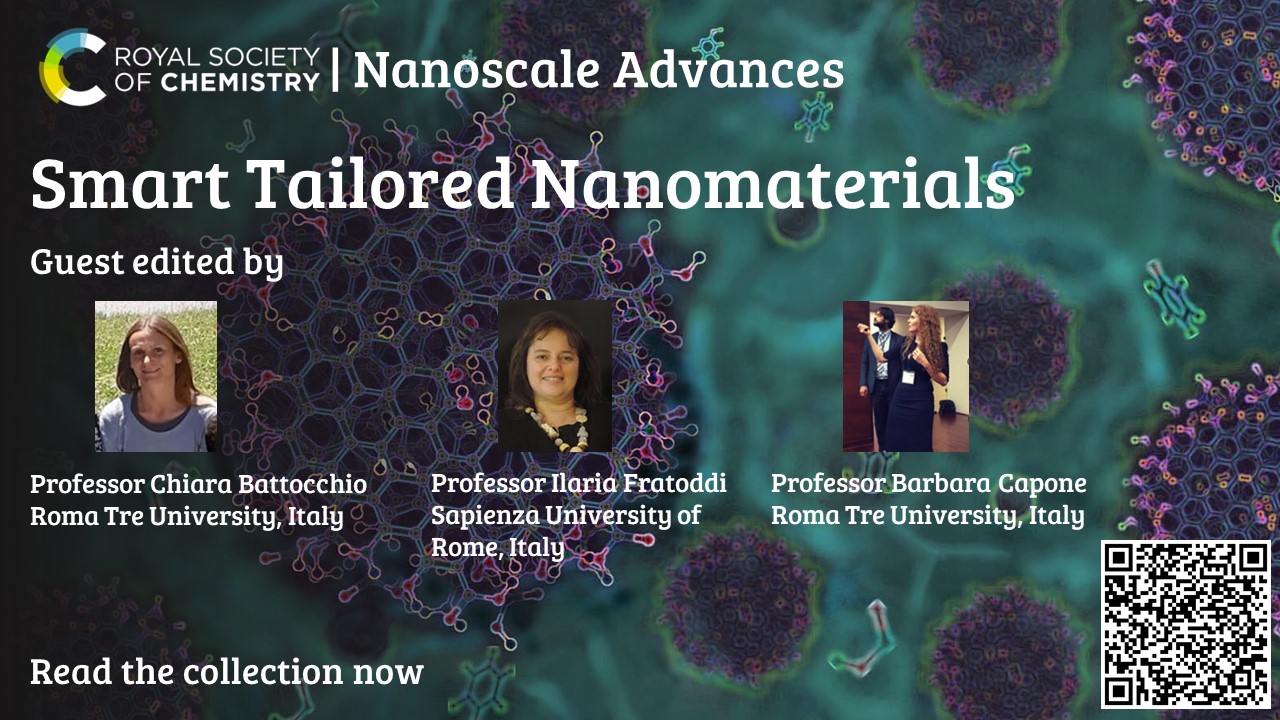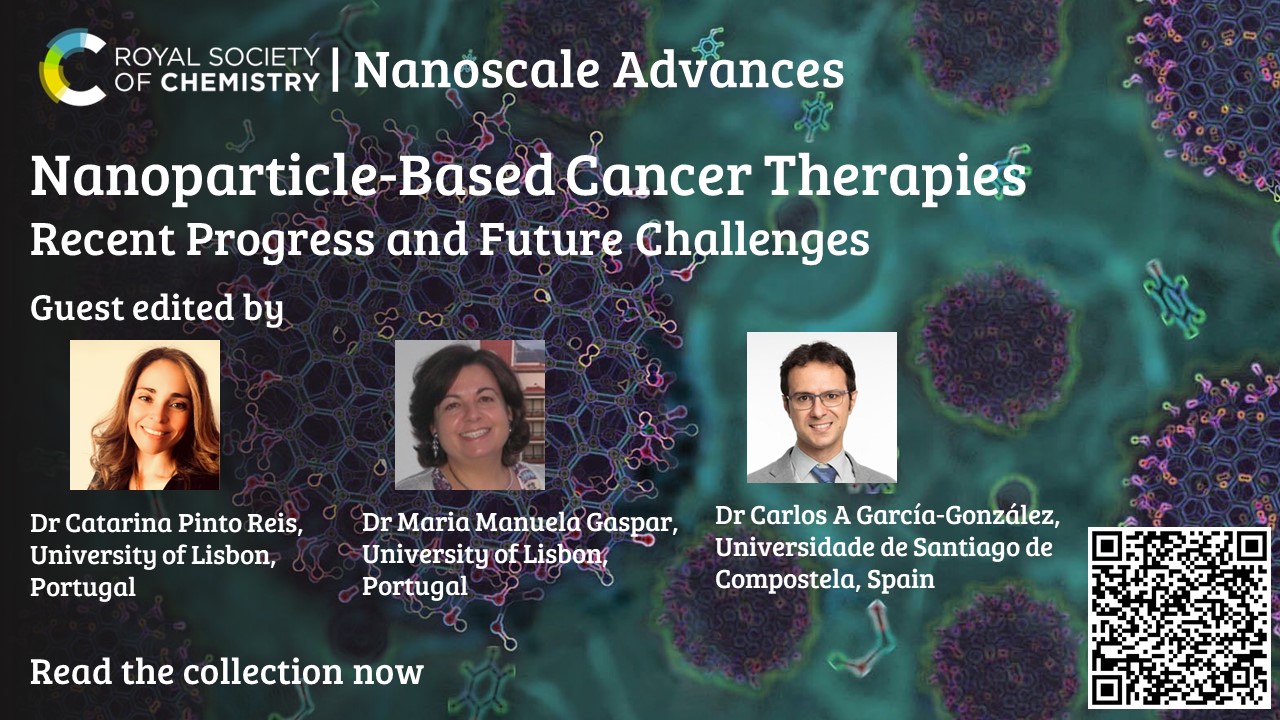Read the new collection in Nanoscale Advances
We are delighted to introduce our new themed collection titled Supramolecular chirality in self-organised systems and thin films.
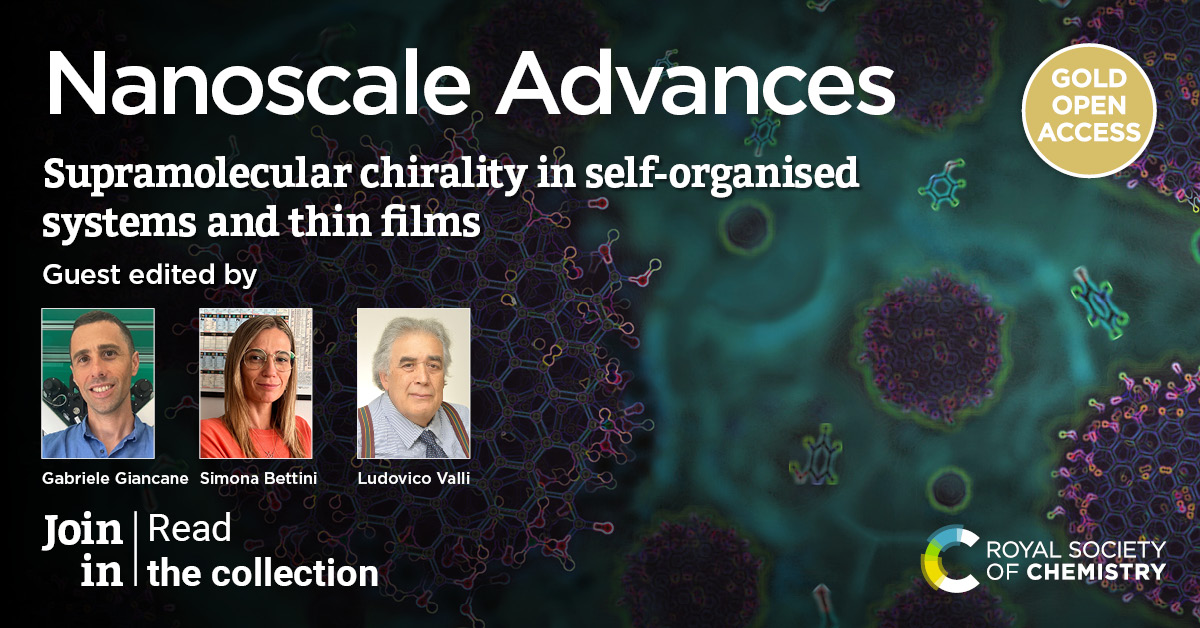
Guest Edited by Ludovico Valli (University of Salento, Italy), Simona Bettini (University of Salento, Italy) and Gabriele Giancane (University of Salento, Italy)

A message from Ludovico Valli, Simona Bettini and Gabriele Giancane:
“As we continue to explore supramolecular chirality, especially in fields like sensing and materials science, it’s clear that this concept will play a pivotal role in shaping innovations across disciplines..”
This themed collection in Nanoscale Advances aims to investigate the fascinating world of chiral self-organisation and its applications in various scientific fields.
A small selection of the papers are featured below, all open access and free to read.
Helical interfacial modulation for perovskite photovoltaics
Ghewa AlSabeh, Masaud Almalki, Sitthichok Kasemthaveechok, Marco A. Ruiz-Preciado, Hong Zhang, Nicolas Vanthuyne, Paul Zimmermann, Daphne M. Dekker, Felix Thomas Eickemeyer, Alexander Hinderhofer, Frank Schreiber, Shaik M. Zakeeruddin, Bruno Ehrler, Jeanne Crassous, Jovana V. Milić and Michael Grätzel
Nanoscale Adv., 2024, 6, 3029-3033. DOI: 10.1039/D4NA00027G
Chiral porphyrin-SiO2 nano helices-based sensors for vapor enantiomers recognition
Ilaria Di Filippo, Zakaria Anfar, Gabriele Magna, Piyanan Pranee, Donato Monti, Manuela Stefanelli, Reiko Oda, Corrado Di Natale and Roberto Paolesse
Nanoscale Adv., 2024, 6, 4470-4478. DOI: 10.1039/D4NA00217B
Chiral induction in substrate-supported self-assembled molecular networks under nanoconfinement conditions
Zeno Tessari, Tamara Rinkovec and Steven De Feyter
Nanoscale Adv., 2024, 6, 892-901. DOI: 10.1039/D3NA00894K
We hope you enjoy reading this themed collection!
Did you know?
At Nanoscale Advances, our themed collections are built by collaboration between our Guest Editors and expert Associate Editors. Our Guest Editors guide the scope and curate the contributions in our collections but all submissions are handled through peer review by our team of resident Associate Editors. This means that as an author you receive a consistent experience, and as a reader you can trust the quality of the science being presented.
If you have an idea for a topical collection in your research field, we’d love to hear from you! Get in touch here.
